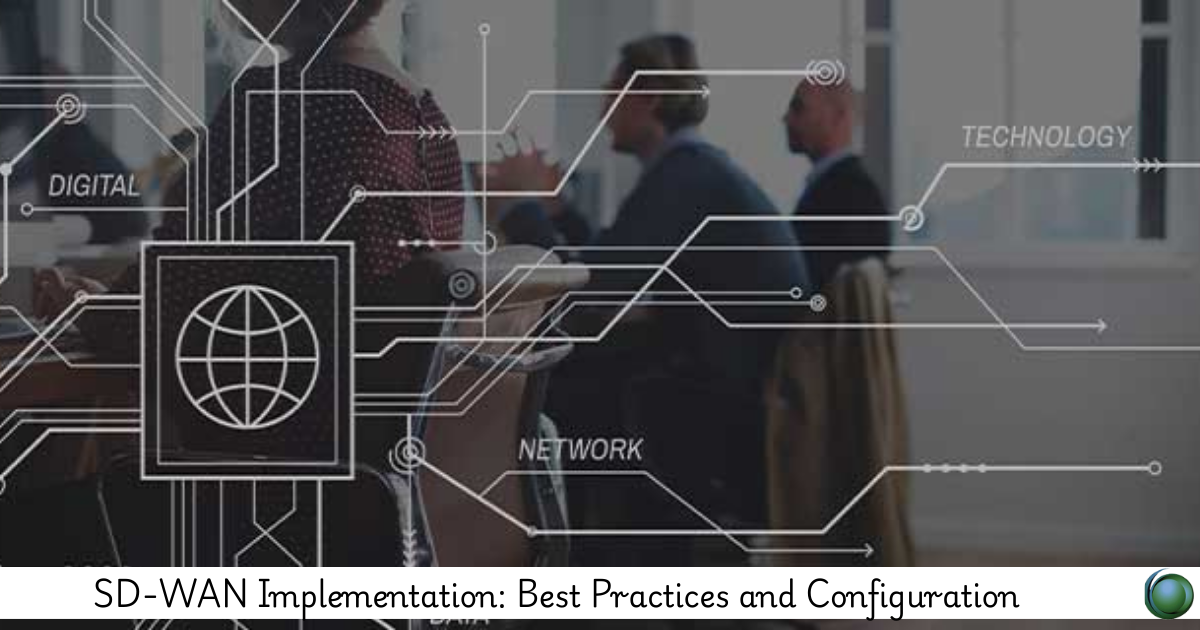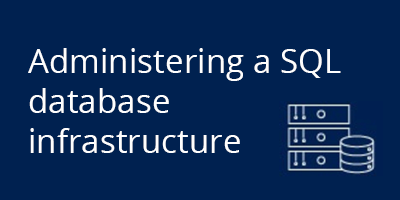Description
Introduction of SD-WAN Implementation
Software-Defined Wide Area Network (SD-WAN) provides organizations with a more agile, cost-effective, and secure method of managing their wide area networks. SD-WAN decouples the network control plane from the physical hardware and enables centralized management and dynamic routing based on real-time network conditions. This course focuses on the best practices for implementing SD-WAN, including configuration strategies, integration considerations, and tips for maximizing security and performance in your network.
Prerequisites
- Basic understanding of networking concepts and WAN technologies.
- Familiarity with routing protocols (e.g., BGP, OSPF) and VPNs.
- Experience with basic network configuration, security practices, and cloud technologies.
Table of Contents
1. Introduction to SD-WAN Implementation
1.1 What is SD-WAN?
1.2 Key Benefits of SD-WAN for Organizations
1.3 Components of an SD-WAN Architecture
1.4 The Role of SD-WAN in Network Transformation
2. Assessing Network Requirements for SD-WAN
2.1 Understanding Business Needs for Network Connectivity
2.2 Analyzing Current WAN Infrastructure
2.3 Identifying Traffic and Performance Requirements
2.4 Selecting SD-WAN Deployment Models (Cloud-based, On-premises, Hybrid)
2.5 Ensuring Network Readiness for SD-WAN Adoption
3. SD-WAN Architecture Design
3.1 Key Design Principles for SD-WAN
3.2 Core Components of SD-WAN: Edge Devices, Orchestrators, and Controllers
3.3 SD-WAN Edge Deployment Strategies
3.4 Integration with Existing WAN Technologies (MPLS, VPN, LTE, etc.)
3.5 Redundancy and High Availability Design
3.6 Multi-Cloud Connectivity Design Considerations
4. Best Practices for SD-WAN Configuration
4.1 Initial Configuration of SD-WAN Edge Devices
4.2 SD-WAN Orchestrator Setup and Integration
4.3 Traffic Routing and Path Selection Rules
4.4 Secure Direct Internet Access (DIA) Configuration
4.5 Bandwidth Management and QoS Policies
4.6 Application-Aware Routing and Traffic Steering
4.7 Deploying SD-WAN Policies for Access Control and Security
5. SD-WAN Security Configuration
5.1 Secure Communication Across SD-WAN Links (Encryption and Tunnels)
5.2 Configuring Zero Trust Security Model for SD-WAN(Ref: Designing and Optimizing SD-WAN for Enterprise Networks)
5.3 Implementing Next-Generation Firewall (NGFW) Features
5.4 Ensuring Secure Cloud and SaaS Application Connectivity
5.5 SD-WAN Threat Detection and Response Best Practices
6. Monitoring and Management of SD-WAN Implementation
6.1 Real-Time Network Monitoring with SD-WAN Dashboards
6.2 Monitoring Traffic, Latency, and Throughput
6.3 Alerting and Reporting Mechanisms
6.4 Performance Tuning and Optimization
6.5 Automating SD-WAN Configuration Changes and Updates
6.6 Ensuring Compliance and Network Audits
7. SD-WAN Deployment Strategies
7.1 Planning the Rollout of SD-WAN Across Multiple Sites
7.2 Phased vs. Full-Scale Deployment Approach
7.3 Proof of Concept (PoC) and Testing Phase
7.4 Addressing Challenges During Implementation
7.5 Key Considerations for Edge Device Placement and Site Connectivity
7.6 Achieving Seamless Migration from Traditional WAN to SD-WAN
8. Scaling SD-WAN Across the Enterprise
8.1 Handling Network Growth with SD-WAN
8.2 Multi-Site Scalability: Managing Branch Offices and Data Centers
8.3 Optimizing SD-WAN for High-Traffic Environments
8.4 Leveraging SD-WAN for Multi-Cloud and Hybrid Cloud Environments
8.5 Ensuring Performance in Large-Scale SD-WAN Networks
9. Troubleshooting SD-WAN Networks
9.1 Common SD-WAN Configuration Issues and Their Solutions
9.2 Analyzing Path Selection and Traffic Routing Problems
9.3 Troubleshooting Performance: Latency, Packet Loss, and Throughput
9.4 Using SD-WAN Monitoring and Diagnostic Tools
9.5 Identifying and Resolving Security Issues in SD-WAN
10. Future of SD-WAN
10.1 SD-WAN Trends and Emerging Technologies
10.2 SD-WAN’s Role in the Transition to 5G and Edge Computing
10.3 The Impact of AI and Automation on SD-WAN Management
10.4 Evolution of SD-WAN in the Multi-Cloud World
10.5 The Future of SD-WAN Security and Compliance Challenges
11. Conclusion of SD-WAN Implementation
11.1 Key Takeaways from SD-WAN Implementation
11.2 Best Practices for a Successful SD-WAN Deployment
11.3 Ensuring Long-Term SD-WAN Network Health
11.4 Looking Ahead: Preparing for the Future of SD-WAN and Networking
The implementation of SD-WAN can provide significant improvements in network agility, security, and cost-efficiency. By following the best practices and configuration strategies discussed in this course, businesses can streamline their network management, ensure optimal performance, and stay ahead of emerging technologies. The transition to SD-WAN offers organizations a future-ready approach to managing complex network environments, including hybrid cloud, multi-cloud, and edge computing. The deployment of SD-WAN brings operational benefits, enhanced security, and a more scalable network infrastructure, positioning businesses to better meet the needs of a digital-first world.







Reviews
There are no reviews yet.